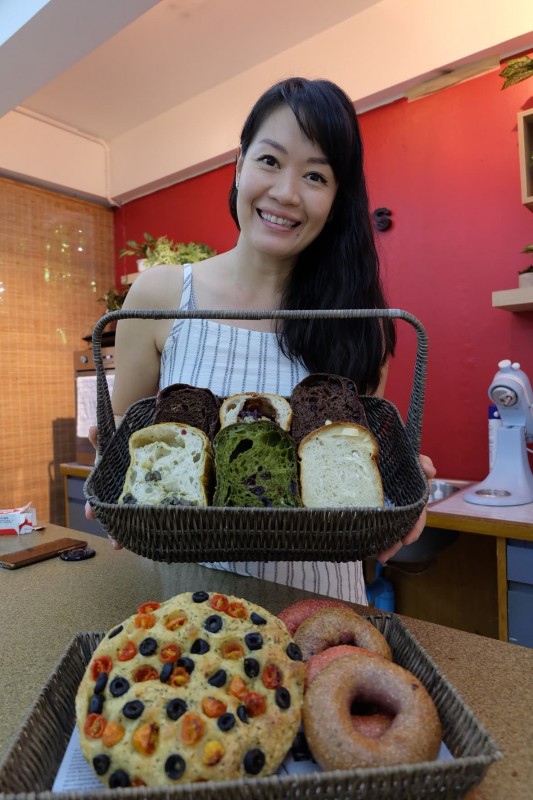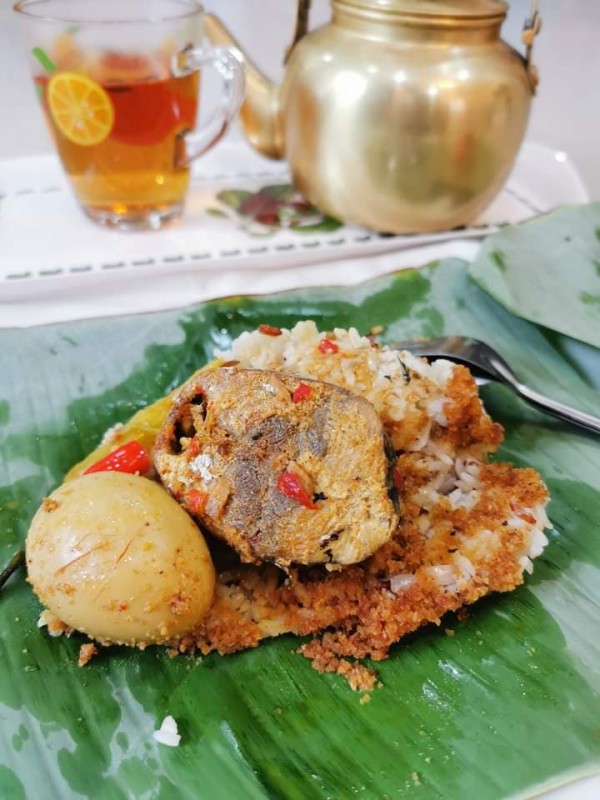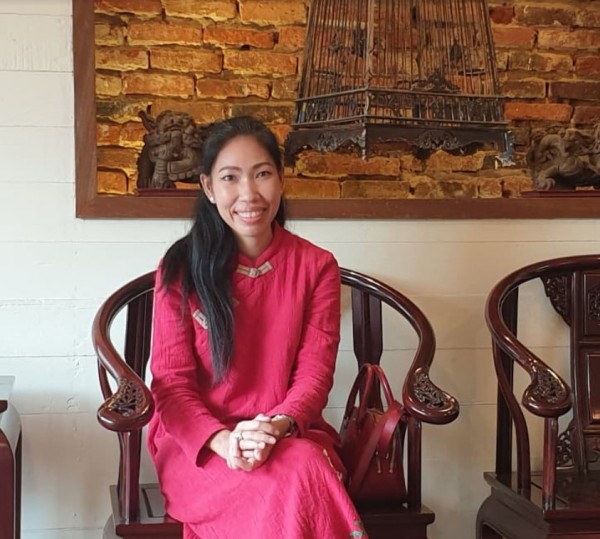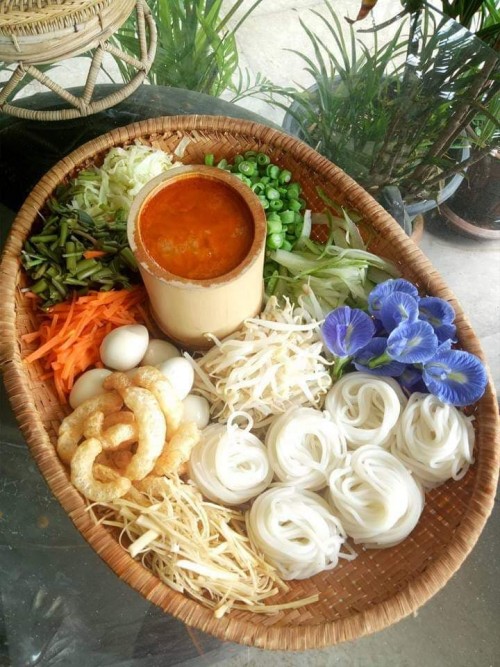Breakfast in Thailand might resemble dinner to you. There’s a reason for that.
Eggs for dinner? Curry and rice for breakfast?
On a trip to Thailand, you might be surprised to be offered something to eat in the morning that to you looks more appropriate for the evening.
However, unlike the Western world, “any dish can be breakfast” in Thailand.
So says Neung Patthamaporn, the founder and chef of Sourdough Saga, a Chiang Mai-based bakery that provides fresh bread and pastries to hotels, cafes and consumers across Thailand.
Across the country, she explains you might find people in the morning eating sticky rice with fried chicken, fish ball soup, rice and curry, or a more traditional breakfast such as rice porridge (called jok in Thai) — a ubiquitous dish, typically served with pork meatballs and a soft-boiled egg cracked into the mix, it might be Thailand’s closest equivalent to cereal and milk.

Neung Patthamaporn/photo supplied
In a city like Bangkok, she says that many commuters grab whatever they can on the way to the office, whether it’s a croissant or a few skewers of pork liver dipped in a sweet, spicy sauce.
"You don’t have the concept of breakfast as you do in Western societies. It’s just another meal. It can be whatever you want,” says Neung.
The idea is likely to have come from source of the concept can likely be Thailand’s agrarian roots.
In many cultures — including in Thailand — a heartier breakfast was, and still is, necessary to fuel a long day of labour in the rice paddies and fields.

Malay dish Nasi Dagang, also very popular in Thailand/ photo supplied
“The best way to look at it is to link it with the lifestyle of Thai people. And I’m not talking about today, which is globalised, but rather 100 years ago. In the countryside, people would eat whatever gave them energy to go into the field and work.
Breakfast needed to be heavy — pretty much a mini dinner.”
Even though many groups in Thailand share agricultural traditions, they don’t eat the same hearty morning meals. In largely Muslim-Malay southern Thailand, for instance, many eat nasi dagang, or coconut rice served with a curry — typically fish — pickled vegetables, hard-boiled egg and spicy sambal.
This southern staple is sold at markets and often is packaged in a banana leaf. That allows locals to carry it home or unwrap it at a tea shop to eat with friends after morning prayer, according to Montakarn “Prae” Shutt, a part-time public relations consultant and translator who was born and raised in Pattani.
The southern provinces represent more than Malay traditions, too.
The region is also home to ethnic Thai groups and descendants from the first wave of southern Chinese migrants known as Peranakan, including Prae, who says she is Thai and Hokkien. Each has added its own flavour to morning rituals.
“When I was growing up in the South, it was a special occasion. We would go to the temple or clean our ancestors’ tombs … and then the families would gather” for dim sum at a local teahouse, says Prae, speaking to the southern Chinese custom of yum cha popular among Chinese communities globally.

Montakarn "Prae" Shutt /photo supplied
But yum cha, like many other breakfast rituals, has started to morph in Thailand.
That is especially true in urban areas like Bangkok. “Today it’s very, very easy to find dim sum [like steamed buns or dumplings]. It’s ubiquitous. You can get it from a 7-Eleven anytime you want it,” she adds.
Still, many people like Prae find time to honour the breakfast traditions they grew up with.
A mother of two, Prae regularly prepares khao yam for her family.
This easy-to-make Thai rice salad combines rice turned blue-ish from the addition of butterfly pea flower, assorted vegetables and toasted coconut, all tossed together and dressed with a southern Thai fish sauce called nam budu.
Sometimes on weekends, she goes out for khanom jeen, or ‘rice strands’ in the Mon language.

Thai dish Khanom Jeen/ photo supplied
Brought to Thailand centuries ago by the Mon people who migrated from modern-day Myanmar, it’s a popular breakfast dish of fermented rice noodles topped with vegetables and different curries of your choosing.
But the influence of the Western world has begun to penetrate Thai culinary traditions. Prae says she prefers a big, heavy breakfast but might pass on dinner, as she is dabbling with intermittent fasting. And Neung says she often skips breakfast, or at least what might be considered a traditional breakfast.
“I don’t believe in breakfast. Instead of feeling energetic and ready for work, I just want to sleep,” Neung admits.
“But when I decide to eat breakfast, it has nothing in common with the rest of Thailand. I mean, I run a bakery and make my own salads, so my breakfast might be my sourdough with guacamole.”
This article is part of a content project being managed by Achiraya Thamparipattra in Bangkok
- Asia Media Centre